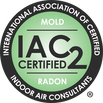Mike's Home Inspector BlogMichael Burfitt |
|
Five Golden Rings of Electrical Safety Electrical is probably the most important part of an inspection: while there is no doubt there is an issue when there is a waterfall in the kitchen or a large horizontal crack in the foundation, electrical issues can be difficult to detect by the untrained eye. Here are five that I always look for: Single strand aluminum branch circuits: Not all aluminum wiring is problematic; it's commonly used for electrical conduction due to its cost-effectiveness and lightweight nature. I also look for Knob & Tube (K&T) although it has largely been removed and replaced over the years. Inspection of Electrical Receptacles: Checking a representative sample for missing grounds, reverse polarity, and signs of arcing, such as burn marks. Reporting on the status of Ground Fault (GFCI) and Arc Fault (AFCI) Circuit interrupters: Building and Electrical Codes evolve; retroactive changes are rare. In spite of this, I always suggest updating electrical systems to the latest standards. Assessing DIY Modifications: Any signs of makeshift "improvements," like the use of extension cords for permanent power supply, are noted. System Overview: Assessing the entire system for adequate amperage, checking for undersized wires (oversizing is acceptable but wasteful), and ensuring no reasons exist for the power utility and insurance company to refuse service to the home. Six Geese-a-Laying Insulation Tips In older homes, insulation sometimes becomes an issue due to DIY attempts. While modern homes adhere to updated building codes, some retrofits fall short. For instance, in one inspection of an older brick house, the added insulation was carelessly installed, defeating its purpose. Remember, proper insulation traps air in pockets; compressing it renders it ineffective. Wet fiberglass insulation? Only fit for the trash. More insulation is beneficial, but not when compressed to squeeze more in. Seven Swans-a-Swimming in Plumbing
Plumbing installations by professionals are generally sound, but ongoing maintenance is crucial. Homeowners need to realize that sinks and drains aren't infinite voids. Disposing of inappropriate materials like baby wipes or bacon grease can lead to plumbing issues brewing for years, suddenly surfacing as household disasters. Eight Maids-a-Milking Moisture Concerns Moisture is the ultimate nemesis of homes, fostering rot, mould, and significant damage. The following proactive measures are key:
Stay tuned next week when we conclude this Christmas theme blog and look at four more inspection items. There are two main types of safety devices that inspectors look for: Arc-Fault Circuit Interrupters (AFCIs) and Ground Fault Circuit Interrupters (GFCIs). Both provide different types of protection: the AFCI generally protects against fire and the GFCI against electrocution. Arc Fault Circuit Interrupters AFCIs work by continuously monitoring the electrical waveform and promptly interrupting the circuit if a wave pattern that is characteristic of a dangerous arc that can cause a fire. The best way to think about them is like they are small lightning bolts. Much like lightning, arcs create a large amount of heat that can ignite a fire behind the walls of a home. AFCIs can be found in both the receptacles on the wall and inside the electrical panel. They can usually be identified with either the term “AFCI” written on them or by a white curly wire in the panel. Starting in 2002, bedrooms were required to have AFCI protection, and it has been expanded multiple times to include most electrical circuits. There are several exceptions that any licensed electrical contractor is aware of (such as bathrooms), and I won’t bore you with quoting the long and confusing Canadian Electric Code. Bottom line is that AFCIs are expensive but serve a valuable role in preventing electrical fires.
Ground Fault Circuit Interrupters GFCIs can look very similar to AFCIs (and to make it more confusing it is possible to have GFCI AND AFCI protection in the same area) but serve a different purpose. A GFCI looks for differences in current between the hot and neutral conductors. What exactly does that mean? If the current in the neutral is lower than the hot, it means electricity is travelling where it should not be going. Often this means it is passing through a human body. A GFCI detects this almost instantly and stops the circuit, potentially saving a life. The language surrounding where GFCIs are required is confusing but the simplest way to look at it is that any electrical outlets within 5-6 feet of a water source need GFCI protection. Water and electricity do not mix, and the combination can be fatal without the safety of a GFCI. An Important Note Home inspectors are not electricians or code compliance officers. While I have a working knowledge of electrical codes, I do not cite current codes in my reports. There are two reasons for this:
In other words, if the home predated AFCI and GFCI requirements you do not have to add them to be code compliant unless you perform major renovations. Having said all that, my focus is on safety, and regardless of what the codebooks say dangerous electrical currents do not care when your home was built. Therefore, I always recommend upgrading your electrical system to the latest safety requirements for you and your family’s protection. These two devices serve different purposes, but both are valuable safety features that should not be ignored. WARNING: Do NOT, under any circumstances attempt to remove or disassemble an electric service panel (even if switched off) as just one small mistake can be fatal! I am a trained and experienced professional and know my safe limits. Shortly after we moved into our house, we hired an electrician to do some upgrades and improvements. Like any curious home inspector, I couldn’t resist peeking at my panel before calling to see what exactly I was dealing with. As expected, I found no major issues that I typically look for such as double taps, aluminum branch wires or mixed neutral/ground bus bars. I couldn’t help but notice, however, the burn mark located on the bottom right of the panel. Simply put, this was almost certainly caused by an electrical arc. You might think that an arc is just a few sparks and a quick sizzle and is no big deal. This is incorrect: while a bigger risk lies in large industrial systems, residential electrical arcs can be very dangerous in many ways:
Heat An arc fault creates high temperatures and have been known to reach 19,000°C (or 35,000°F). That’s four times the temperature of the sun’s surface! This can not only melt steel (and damage the panel) but can easily cause a fire. Pressure Arc faults can create a pressure blast of about 2000 pascals per square inch (PSI). Translation: the corresponding arc blast can not only knock an adult to the ground but can shoot debris and cause trauma to anyone nearby. Sound and Light I know from firsthand experience an electrical arc is LOUD! How loud? The sound can go as high as 140 decibels, which is as loud as a gunshot. It also can create a flash of up to 13,000,000 lux (130 times brighter than direct sunlight) that can cause temporary or permanent vision loss. Luckily these extremes are generally only seen in larger, more industrial electrical setups but that doesn’t change the fact that residential electrical systems are dangerous and not to be messed with. The biggest concern with an arc fault as a homeowner is that it can cause a fire, not only in the main panel but behind the walls. This is one reason why in 1999 the United States followed by Canada in 2002 started requiring Arc Fault Circuit Interrupters (AFCIs). If I haven’t made clear enough, electrical systems look very simple but can hold numerous dangers you may not be aware of, so always refer any electric work to a licensed electrical contractor. |
Archives
July 2024
Categories
All
|
|
Inside Edge Home Inspections Ltd.
Halifax, NS 902-209-9921 [email protected] Proudly Serving the HRM & Central Nova Scotia |

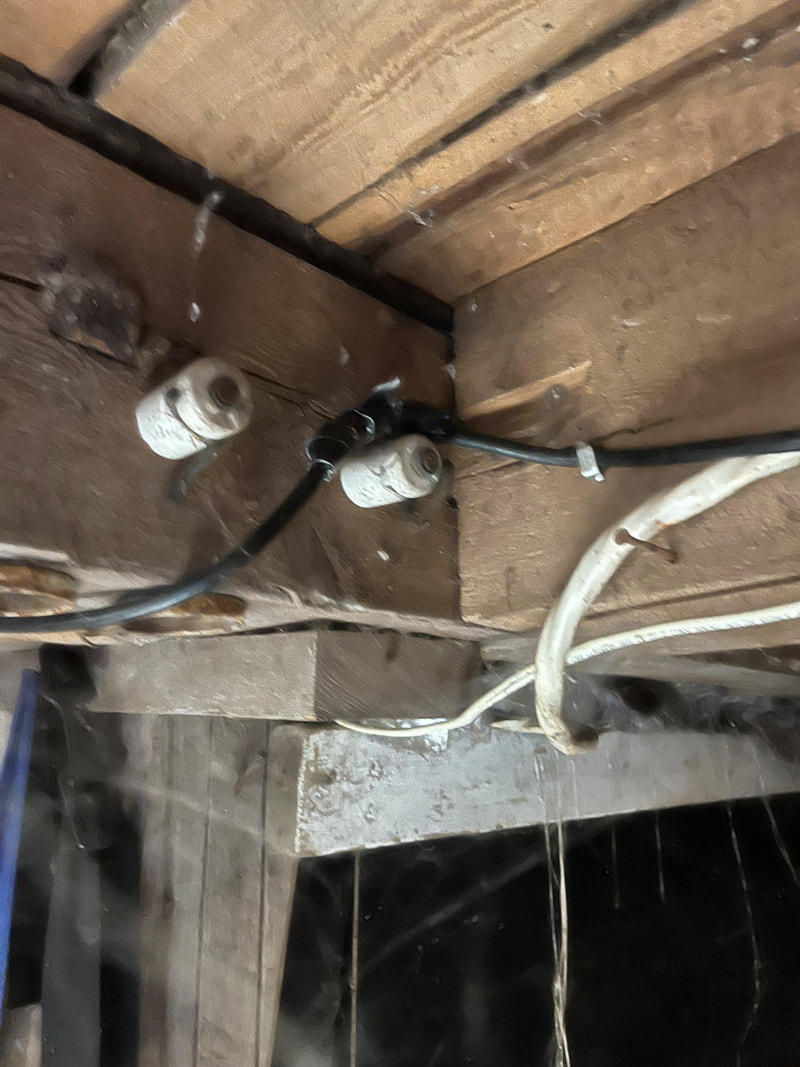
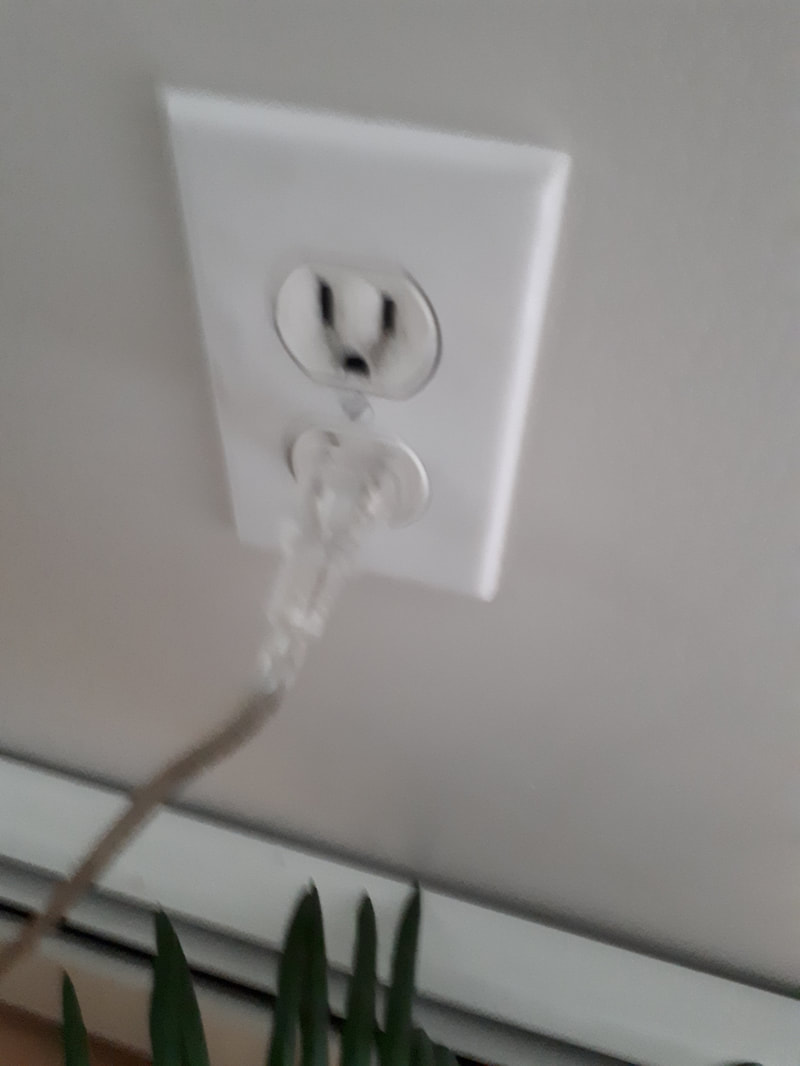
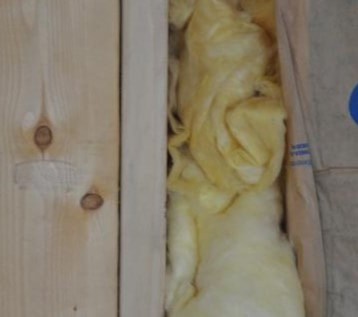
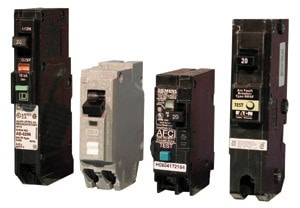
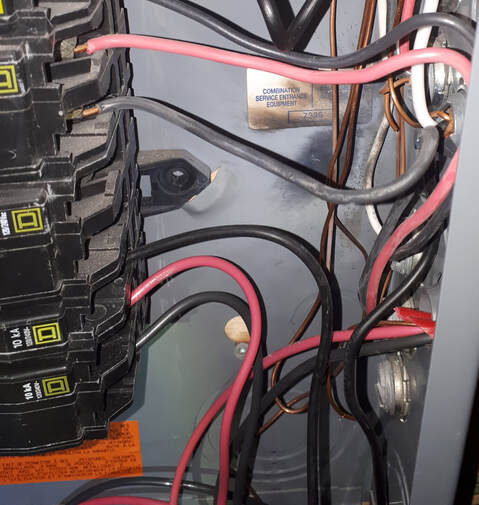
 RSS Feed
RSS Feed

